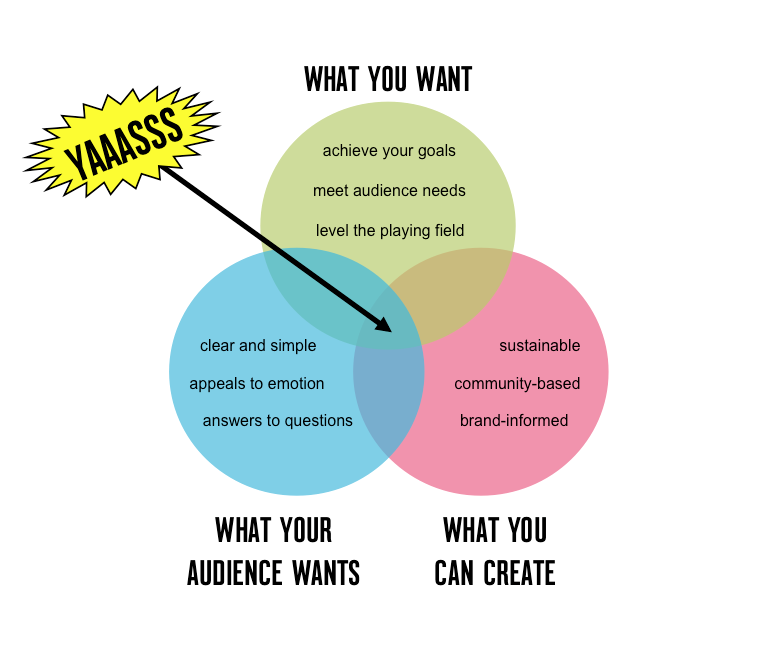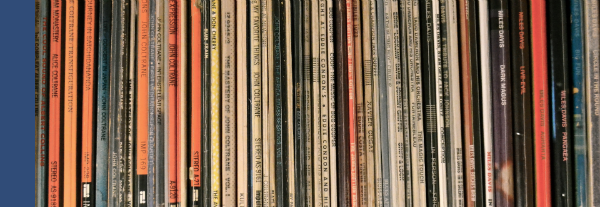How can broadcasters take advantage of the rapid changes in technology without losing focus on what matters most: storytelling? Ahead of my keynote address at the College Broadcasters, Inc. National Student Electronic Media Convention, Greg Weston and I discussed the new media paradigm and broadcasting for the Radio World blog. Here ’tis:
This week, the eyes of the college radio world turn to Minneapolis for the National Student Electronic Media Convention, Oct. 22–24, Minneapolis. The convention’s keynote address will be delivered by Clinton Forry, vice president of content strategy at Weber Shandwick. While best-known for his expertise in interactive marketing, Clinton has years of radio experience, primarily at Public Radio International, and started his media career at KUNI Radio at the University of Northern Iowa.
I recently spoke via email to Forry about how content is still king and radio’s place in today’s rapidly-changing media environment.
Greg Weston: Clinton, the word I most associate with you is “content.” In today’s crowded media landscape, how does radio stack up as a content provider compared to so-called new media?
Clinton Forry: The radio world has been in the content creation game since they fired up the transmitters on those first stations. Those broadcast pioneers needed something to transmit, be it news, entertainment, etc. Same with TV. People didn’t buy TVs because they wanted the ability to receive moving images in their homes. They bought TVs because they wanted to see Milton Berle doing slapstick comedy each week.
The same thing happens with online content. We have access to all of these channels, each with their own appeal, user-base, and vernacular. And they all need content. But it needs to be content that adds value in some significant way while also making sense for the station and its identity.
Fortunately for broadcasters, they have been solving for the blank canvas problem for 100+ years or so. They know about audiences, quality and ongoing production — elements that many new media content producers are still figuring out. The challenge is using the natural outputs of broadcast (audio, video, etc.) to tell your story in these new channels.
GW: Marshall McLuhan famously said, “The medium is the message,” meaning that the method of delivery embeds itself in how the content is perceived. Do you believe that’s true? If so, what are the implications for radio stations that are attempting to be multiplatform content providers?
Forry: I often wonder what the brilliant Marshall McLuhan would think of the current media landscape, ranging from the time-tested broadcast stations to the new, closed social networks of today.
Each new channel represents a slight change in the way we communicate with others, resulting in minor changes to our contexts in the world. The impact of the two-way, conversational nature of social media cannot be overstated. Broadcasters’ place in the communication hierarchy has changed, and I think McLuhan’s mantra applies 100%.
Broadcasters approaching content production for social must now contend with that two-way relationship. This scenario happens every day: instead of call-ins making up the majority of user input, producers can now involve the audience in the planning and creation of the content ahead of time. Audiences can then participate in real time aligned with the broadcast of that content. Finally, those audience members can share a version of that content after broadcast. McLuhan would nod knowingly.
GW: Your keynote address on Oct. 24 is called “Clear, Concise, & Compelling: Use Content Strategy to Better Tell Your Story.” What is content strategy? How can media outlets utilize it to get their message heard through the clutter?
Forry: My elevator pitch: Content strategy is the practice of aligning business goals with user expectations via sustainable online content.
Definitions of content strategy vary from person to person, as content strategists come from many different backgrounds — some have a more technical background, others editorial and others user experience.
That definition evolved out of my background in radio, so it certainly has a fitting application in media outlets. Even a not-for-profit broadcaster has business or organizational goals, one of the simplest being, “to grow and sustain viewer or listener numbers.” The user expectations might be “I want quality news.”
With these two elements in mind we can use the practice of content strategy to shape the content, ensuring that it has a familiar tone, appropriate format, a clear workflow from start to finish, and a long-term plan for distribution, promotion, and maintenance.
When you can sustainably produce clear, concise and compelling content that supports your goals and meets a user need, you’ll be one step closer to cutting through the clutter.
GW: Some people doubt radio’s long-term viability in today’s media landscape. What do you think the future holds for the radio industry? What changes will it have to make to survive and flourish in the coming years?
Forry: When people ask about long-term prospects, I turn to the example of AT&T. Though they were originally known as Atlantic Telephone and Telegraph, they haven’t offered “telegraph” services for quite a while. But, they do a fine job with providing my mobile phone with data connectivity. At their core, their job is facilitating the exchange of information. It used to be telegraph wires; now it’s cell towers.
Broadcasters can think of it in similar terms. The core is creating and distributing content: news, entertainment, music, etc. The Internet offers additional ways for the audience to get this content which was once confined to the radio and TV antennas.
What changes should broadcasters make? It’s about output. Broadcasters should keep serving their audiences as they have been and then reformatting the best parts for use in the online world. This allows you to superserve your current audience and offer an online point-of-entry for those not yet familiar with your radio waves.
To adapt, broadcasters need to shift into a content-first mindset. Instead of thinking of filling one of the 168 hours in a week with content, it’s about formatting a segment for broadcast AND for the website AND for social media. Producing content with several channels in mind doesn’t necessarily mean tons of additional work, but it does require a slightly different approach.
GW: You got your start at the college radio station at the University of Northern Iowa. How did your experience there shape your career?
Forry: My start in college radio was foundational. I learned to think about how the station projected an identity or personality, and how everything we did was in service of that identity. I learned that this identity was expressed in many ways, from the programming and staff to branding and our place within the campus environment. And finally, I learned the importance of storytelling via electronic media.
Each of these elements is critical to communications of any type — radio, TV, websites, print. What college radio offered me was a way to learn these things in an exciting setting. I can say for certain that I wouldn’t be where I am today if it weren’t for that flyer in my dorm mailbox, asking be to be a DJ on a tiny station in the basement of the student union.








